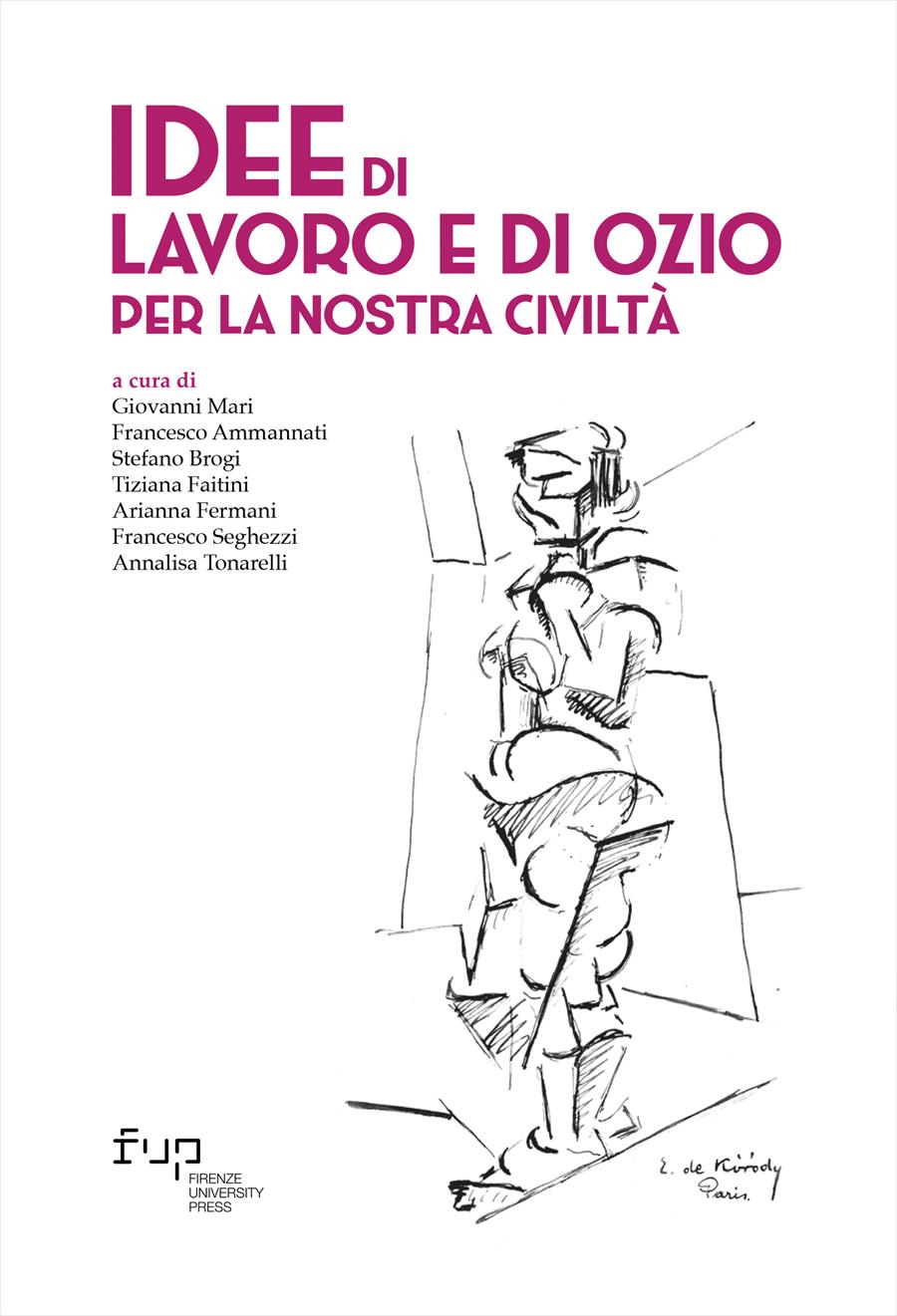- Idee di lavoro e di ozio per la nostra civiltà
- Edited by Giovanni Mari, Francesco Ammannati, Stefano Brogi, Tiziana Faitini, Arianna Fermani, Francesco Seghezzi, Annalisa Tonarelli
Lavoro e riposo sabbatico come imitatio Dei secondo la tradizione ebraica
- Massimo Giuliani
- © 2024 Author(s) |
- CC BY 4.0
- DOI: 10.36253/979-12-215-0319-7.20
The Talmudic definition of work/labor (melakhah) is based on the activities for building the holy temple in Jerusalem. The list amounts to 39 works which are forbidden on the day of Shabbat. The rest of the seventh day is therefore the lent through which the Jewish tradition understands and gives sense to human activities made to transform the world. The main source for the rabbinical ethics of work are the Chapter of the Fathers (Pirqe Avot) where we find a substantially positive attitude towards working the land, commerce, and any other human activity. In the Talmud almost every rabbi (teacher) has a manual work in order to make a living, and studying the Torah is a religious duty, not an economic enterprise. In addition, working is considered by many masters of Israel a form of co-operation with God in the continuous process of the creation of the world, therefore a form of imitatio Dei.
- Keywords:
- creation,
- work as cooperation with God,
- Shabbat,
- imitatio Dei,
University of Trento, Italy - ORCID: 0000-0002-4523-8261
- Benamozegh, Elia. 1977. Morale ebraica e morale cristiana. Roma: Carucci.
- Bibbia ebraica (Tanakh). 1998. a cura di Rav Dario Disegni (in uso presso le comunità ebraiche italiane), 4 voll. Firenze: Giuntina.
- Giuliani, Massimo. 2016. La giustizia seguirai. Etica e halakhà nel pensiero rabbinico. Firenze: Giuntina.
- Gross, Benjamin. 2018. Un momento di eternità. Il sabato nella tradizione ebraica. Bologna: Dehoniane.
- Heschel, Abraham Joshua. 1987. Il sabato. Il suo significato per l’uomo moderno. Milano: Rusconi.
- Hirsch, Samson Raphael. 1959. Judaism Eternal. London: Soncino Press.
- Mello, Alberto, a cura di. 1993. Pirqè Avot. Detti di rabbini. Magnano: Qiqajon.
- Shapira, Anita. 1987. “‘Avodà/Work.” In Contemporary Jewish Religious Thought, edited by Paul Mendes-Flohr, and Arthur Cohen, 1055-67. New York: Free Press.
- Steinsaltz, Adin. 2004. Cos’è il Talmud. Firenze: Giuntina.
Chapter Information
Chapter Title
Lavoro e riposo sabbatico come imitatio Dei secondo la tradizione ebraica
Authors
Massimo Giuliani
Language
Italian
DOI
10.36253/979-12-215-0319-7.20
Peer Reviewed
Publication Year
2024
Copyright Information
© 2024 Author(s)
Content License
Metadata License
Bibliographic Information
Book Title
Idee di lavoro e di ozio per la nostra civiltà
Editors
Giovanni Mari, Francesco Ammannati, Stefano Brogi, Tiziana Faitini, Arianna Fermani, Francesco Seghezzi, Annalisa Tonarelli
Peer Reviewed
Number of Pages
1894
Publication Year
2024
Copyright Information
© 2024 Author(s)
Content License
Metadata License
Publisher Name
Firenze University Press
DOI
10.36253/979-12-215-0319-7
ISBN Print
979-12-215-0245-9
eISBN (pdf)
979-12-215-0319-7
eISBN (epub)
979-12-215-0320-3
Series Title
Studi e saggi
Series ISSN
2704-6478
Series E-ISSN
2704-5919
